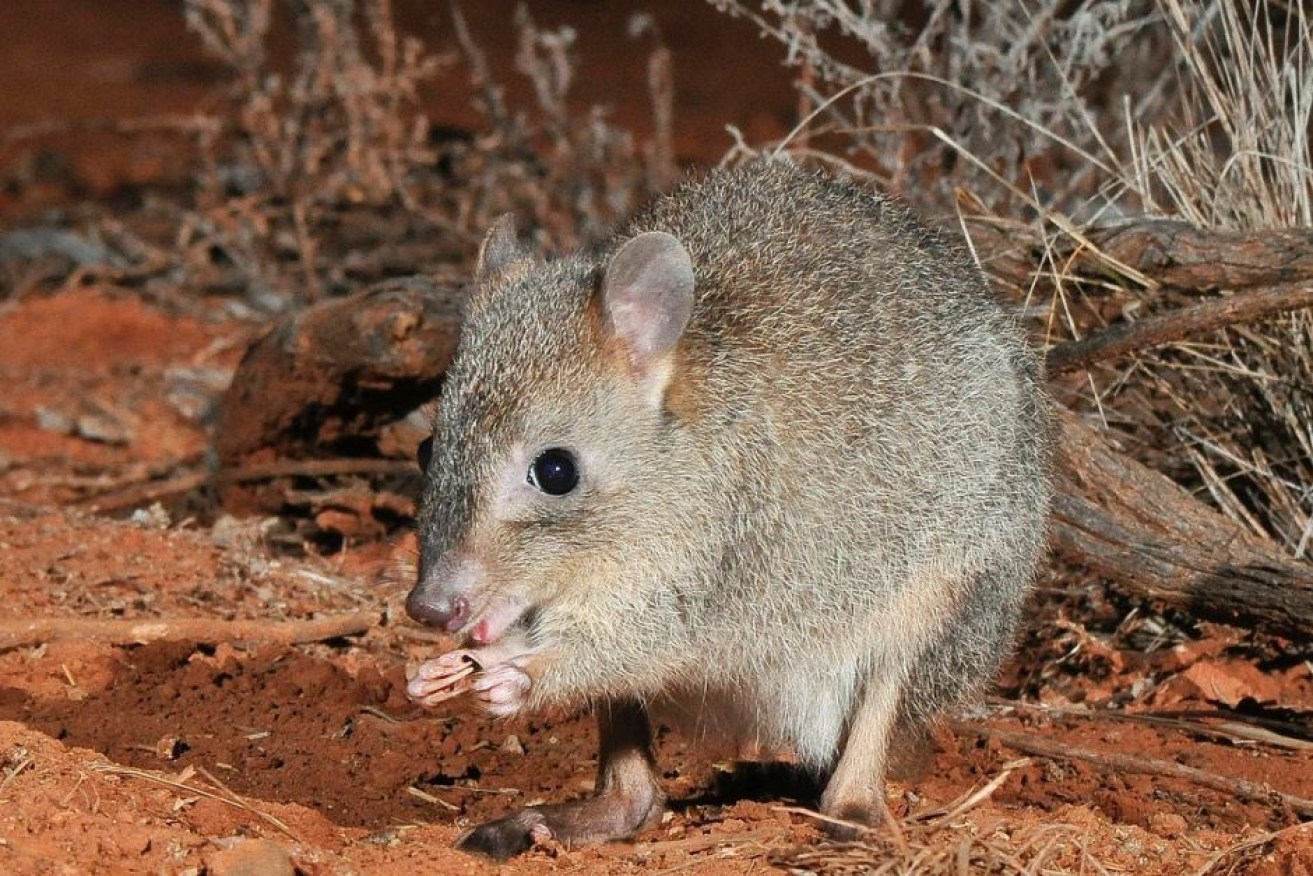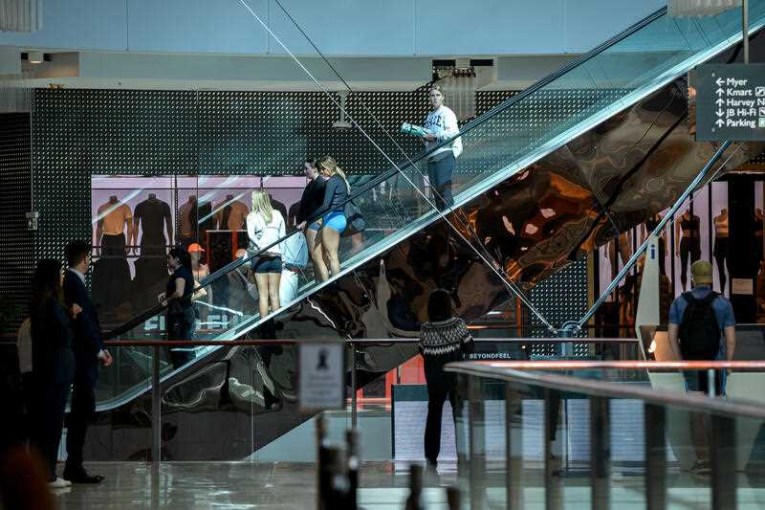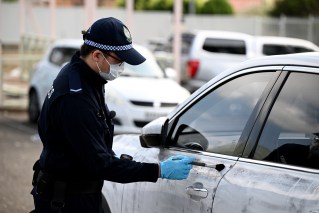Sanctuary being built to bring extinct animals into south-west NSW

The burrowing bettong has been hauled back from the brink of extinction. Photo: Australian Wildlife Conservancy
Ten native mammals that have been extinct in New South Wales for more than a century will be introduced to a national park in the state’s south-west.
The rewilding project, a partnership between the Australian Wildlife Conservancy (AWC) and the state government, is at Mallee Cliffs National Park, on the NSW side of the border near Mildura.
A 36-kilometre fence will give the bridled nailtail wallaby, brush-tailed bettong, burrowing bettong, greater bilby, greater stick-nest rat, Mitchell’s hopping mouse, numbat, red-tailed phascogale, western barred bandicoot and western quoll a 9600-hectare haven that is free from predators.
AWC’s NSW ecologist Rod Kavanagh said the conservation fence would be built to protect the animals from foxes and feral cats.
“We’ve been able to develop this idea of conservation fences in other parts of Australia. So once we kill these foxes and cats, they don’t come back and the endangered species that live in this area have a chance to come back,” Dr Kavanagh said.

Australian Wildlife Conservancy ecologists Laurence Berry and Dr Rod Kavanagh study maps of the Mallee Cliffs National Park where an animal sanctuary is planned. Photo: ABC
Construction of the fence will start in November and it is expected the mammals will start being introduced to the site in August 2019.
“The fence is 1.8 metres tall and is made up of three sections of wire – a floppy top and a base that curves around under the ground on both sides,” Dr Kavanagh said.
“There are two electric wires to help scare animals away, (those) who try and climb up the fence.”

The bridled nailtail wallaby is one of 10 animals to be transported into a sanctuary at Mallee Cliffs National Park. Photo: Kim Wormald, Australian Wildlife Conservancy
Currently AWC staff are busy assessing what kind of effects there could be on other flora and fauna in the area once the fence is built.
“We have a very extensive program called eco-health monitoring assessments,” Dr Kavanagh said.
“These are [conducted] inside and outside the fence, where we’re measuring the number of birds, bats, mammals, reptiles and plants in fixed plots so we can see what the impact of excluding these predators is – not only on the reintroduced mammals, but also on a whole range of threatened flora.”
A similar fence has already been assessed and approved in Pilliga National Park, west of Tamworth.
The Pilliga fence covers 5800 hectares and five mammals will start being introduced to the site in November.
Animals to be relocated from various sites

Mallee Cliffs National Park, in south-west NSW, will be home to the sanctuary. Photo: ABC
The Australian Wildlife Conservancy will source some of the mammals from its sanctuaries that are scattered around Australia.
“In our Scotia reserve between Mildura and Broken Hill, for example, we have more than 80 per cent of the Australian population of bridled nailtail wallaby,” Dr Kavanagh said.
Other state governments and territories will allow the mammals to be relocated from offshore islands, where they are currently safe from predators but in small numbers.
Dr Kavanagh said accommodation would be built at Mallee Cliffs National Park as part of this project.
Staff will be required to continually check the fence for breaches.
“To make this program successful, the fence has to have integrity, it can’t be threatened by animals burrowing underneath it, by trees falling on top of it,” he said.
“These animals are worth millions – they are crucial – they represent some of the last remaining animals left of this species alive.”
Staff will also be responsible for other aspects of land management, and scientists will run eco-health and other associated research programs.
Releasing animals outside the fence

A fence similar to this is being constructed at Mallee Cliffs National Park. Photo: Australian Wildlife Conservancy
The conservancy would like to release the mammals outside fences, but Dr Kavanagh said conditions needed to be right.
“The fence serves a bit like an ark, giving these species some chance to continue so they don’t disappear off the planet,” he said.
Outside the fence predators can be controlled to an extent, but they will never be eliminated entirely.
The conservancy and CSIRO are investigating whether gene drive technology could control the feral cats, which are a threat to the reintroduced species.
“The gene drive technology we’re considering at the moment is where mating would occur, but only male offspring would eventuate,” Dr Kavanagh said.
“So in a very harmless way, the number of animals will eventually reduce.”
–ABC








